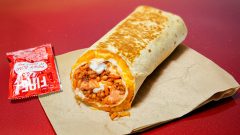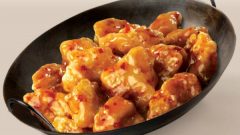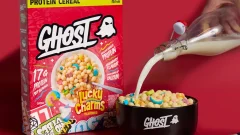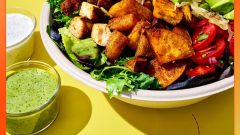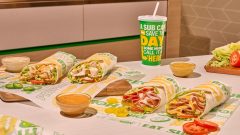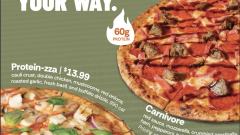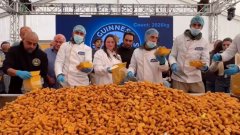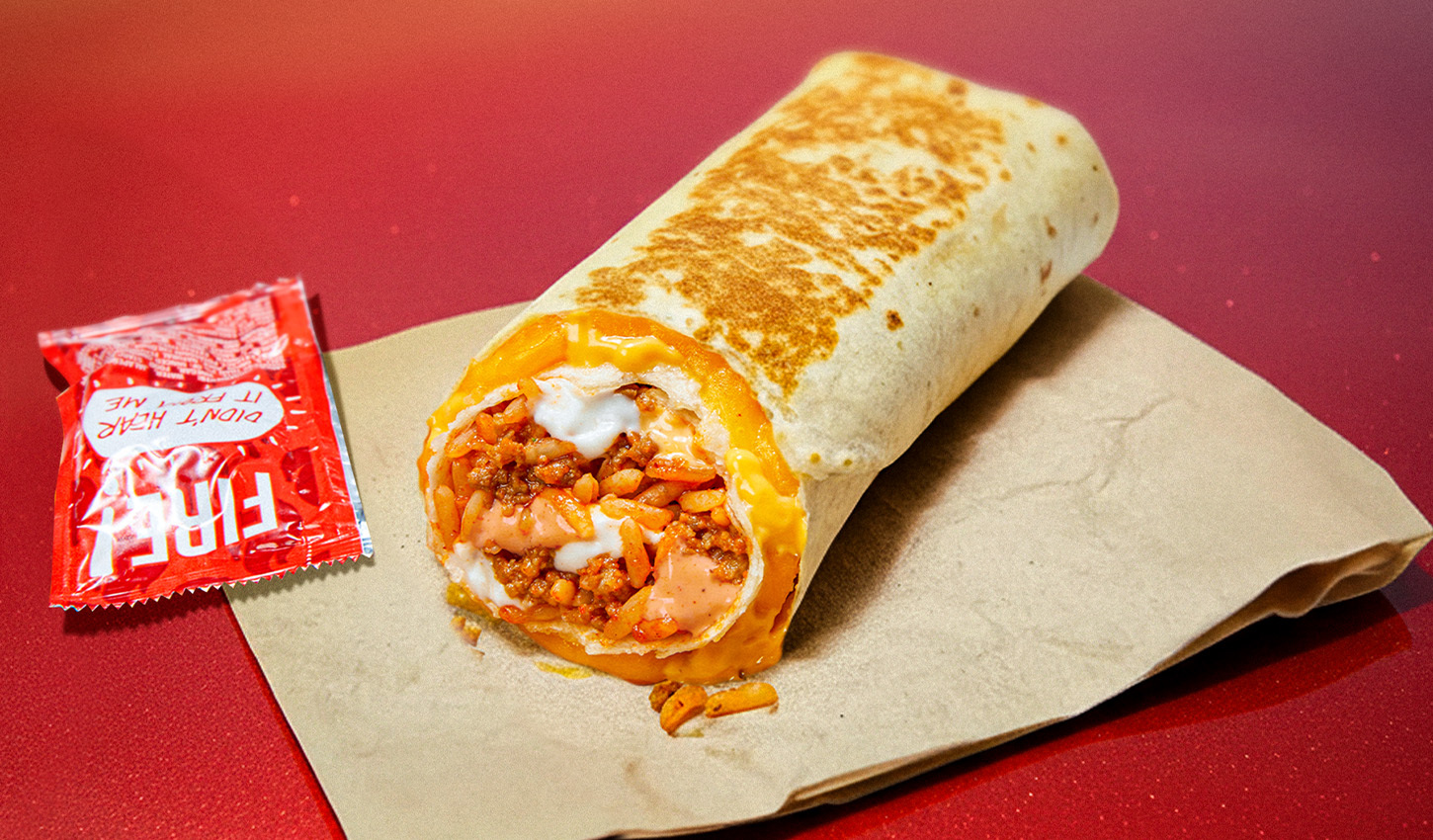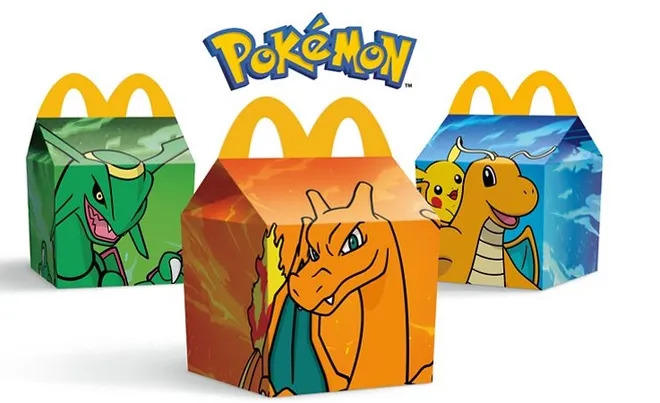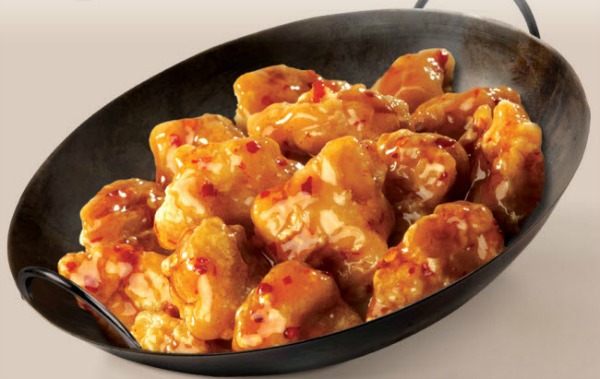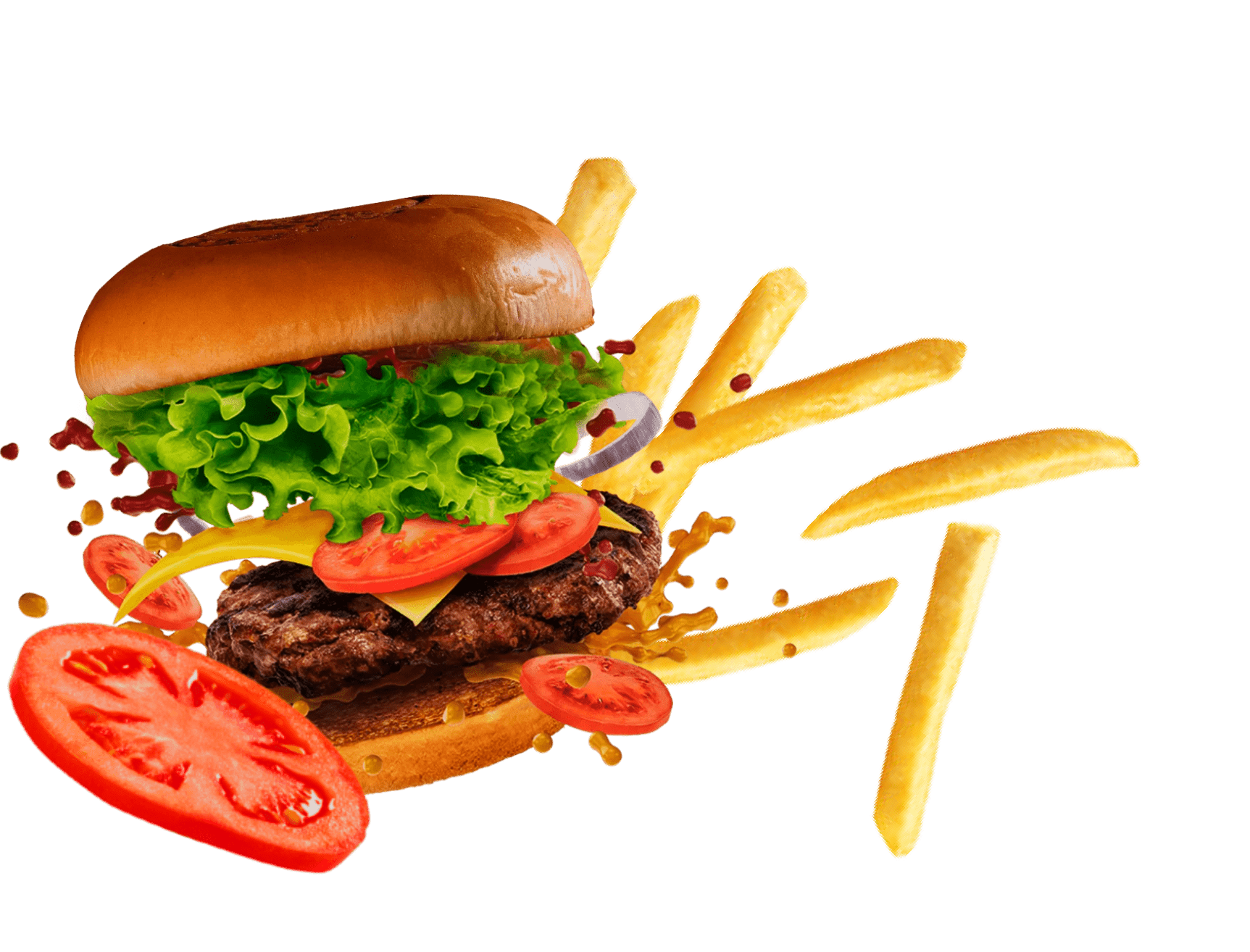Unionization vs. Automation in the Food Industry, Is There a Middle Ground?
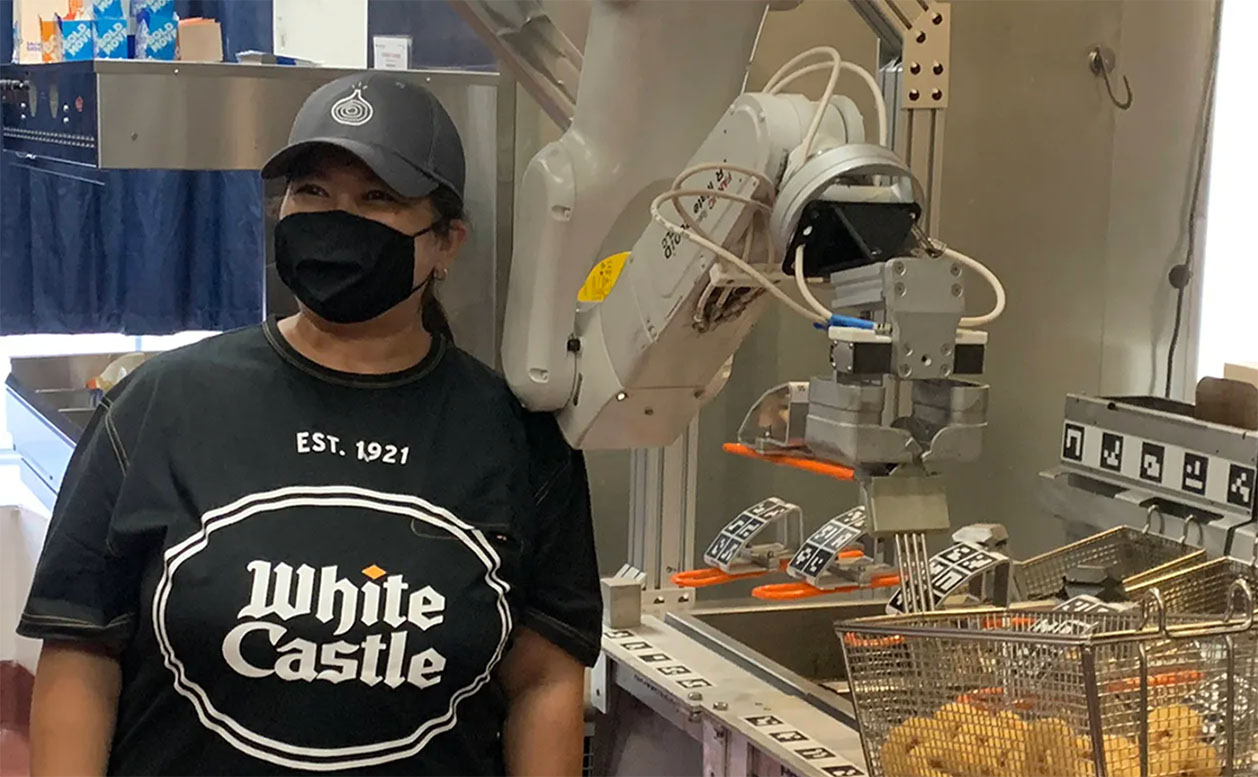
Recently, California passed a landmark bill that gives workers more power and protection. The bill was designed to provide more fairness, establishing a 10-Member Fast Food Council and raising the minimum wage for many workers.
The passing of the bill received a mixed response, with some saying it represented more balance between employers, franchisees and workers, while others called it a stepping stone towards unionization that would drive up the cost of products they serve.
The pandemic impacted restaurants in two major ways, mass closures and unfair employee working conditions, helping to fuel labor union movements within the food industry.

In recent years many restaurant and franchise giants have been feeling the pressure of unionization. Chipotle, McDonald’s and Starbucks are only a few, though the union bug has even bitten smaller businesses like Southern California Korean BBQ restaurant Genwa.
It’s no doubt the social climate is ripe for unionization, with 68% of Americans approving of labor unions according to a September 2021 Gallup poll. Pandemic-driven job loss, lack of opportunities and averse feelings towards working conditions has resulted in The Great Resignation, which saw the nation’s “quit rate” hit a 20-year high last November.
Employee engagement has even declined. A more recent Gallup poll suggests “Quiet quitters” make up 50% of the U.S. workforce, maybe even more. Quiet quitting is the trend of people not going above and beyond at work, just doing the bare minimum. The idea began on social media before spreading virally to millions.

In response, many restaurants are looking to the future of service, some perhaps inspired by enhancing the customer experience, while others likely in response to uncertain workforce conditions and cutting costs.
Having already felt the impact of unionization, Chipotle began testing a tortilla chip-making robot named “Chippy” in March. It was invented by artificial intelligence-driven company Miso Robotics’ and works using arms-based automation. Following a successful test run, this month Chipotle decided to bring Chippy into an actual location. Additionally, according to Engadget, the fast casual restaurant is piloting a demand-based cooking system that uses AI to tell staff what and when to cook based on forecasts for how much they’ll need. It’s currently underway at eight Orange County, California locations.
“People will still be involved in making most of your burrito or taco, Chipotle said. Like an earlier rollout of the Pepper chat bot, Chippy will be there to ‘improve the human experience’ rather than replace back-of-house cooks.”

Chipotle isn’t the only restaurant Miso Robotics is helping move towards automation, White Castle has been making use of their Flippy ROAR, short for Robot-on-a-rail, since 2020. The initial pilot program successfully served 14,580 pounds of food and over 9,720 baskets at one location before being approved for 10 more. At the time, White Castle VP Jamie Richardson ensured Flippy’s introduction would not adversely impact employee job prospects, “We absolutely believe by having Flippy join the team that it’s actually going to free our team up to focus more on what we’d call our ‘heart for hospitality’.”
It makes sense that fast food juggernaut McDonald’s is also testing the automated waters. Last spring, McDonald’s began implementing AI drive-thru orders at 10 Chicago-area locations. Although the system benefitted service substantially, the AI only operated at 85% accuracy. Nearly a fifth of the orders required human intervention. Unlike Chipotle and White Castle, McDonald’s didn’t offer reassurance that the AI wouldn’t impact employment.
Beyond the above-mentioned, more restaurants are automating and robotics startups continue to grow in number.
One thing’s for sure, employees and employers have been at odds since the beginning of time. With the opposing trends of unionization and automation, a middle ground seems shaky. Nevertheless, with its clear benefits to business, the future of the food industry and automation is inextricably tied.

